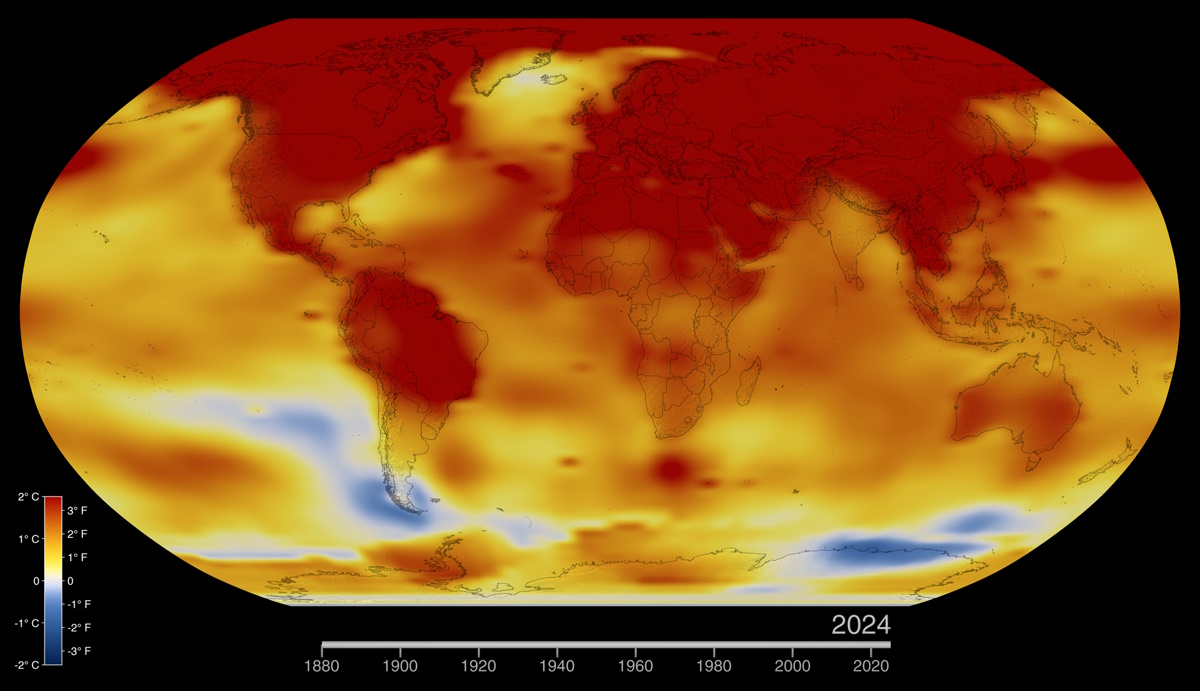This tropical forest is flowering thanks to climate change

Climate change is a serious issue that impacts the future of humanity on Earth. Whatever you may believe is the cause, the amount of carbon dioxide in our atmosphere is rising at an unprecedented rate and impacting our climate.
But for all the doom and gloom such changes portend, a scientist found at least one beautiful side effect of climate upheavals. A study led by Stephanie Pau, a researcher from Florida State University, discovered an unexpected connection between the carbon dioxide in our atmosphere and blooming flowers in remote tropical forests of Panama’s Barro Colorado island. Apparently, carbon dioxide growth is tied to an increase of flowers in these forests.
“It’s really remarkable,” said Pau. “Over the past several decades, we’ve seen temperatures warming and carbon dioxide increasing, and our study found that this tropical forest has responded to that increase by producing more flowers.”
In their paper, published in Global Change Biology, Pau and her colleagues analyzed the record of plant materials collected over 28 years and looked at how such factors as rainfall, temperature, light and carbon dioxide affected the forest’s flowers. What they realized is that “atmospheric carbon dioxide clearly seems to have had the largest effect on the increase in flowers,” explained Pau.

The purple blooms in the tree canopy of Barro Colorado Island. (Photo by Marcos Guerra, Smithsonian Tropical Research Institute).
Plants take in the carbon dioxide from the atmosphere and convert it into energy-giving sugars that fuel vital life processes. More carbon dioxide means more energy which is, in turn, used towards more reproductive activity.
Pau predicted that as the carbon dioxide levels keep going up, tropical forests may continue to experience ecological shifts. She saidthat their research shows that the trees are “extremely sensitive to even small changes in their climate.”
A recent United Nations report showed that the amount of carbon dioxide in our planet’s atmosphere is growing at a record pace, reaching a level not seen in millions of years. The concentration of carbon dioxide, a man-made greenhouse gas, reached 403.3 parts per million (ppm) in 2016, going up from 400.0 in 2015, as reported by the U.N. World Meteorological Organization.
Here’s a NASA chart showing the inexorable rise of carbon dioxide thanks to what 97% of climate change scientists say is man-made activity from the middle of 20th century up to now:

This graph, based on the comparison of atmospheric samples contained in ice cores and more recent direct measurements, provides evidence that atmospheric CO2 has increased since the Industrial Revolution. (Credit: Vostok ice core data/J.R. Petit et al.; NOAA Mauna Loa CO2 record.)
The amount of carbon dioxide is now 45% more than it was at pre-industrial levels and almost twice as much as the levels during recent cycles of ice ages which were followed by warmer periods, say NASA scientists.





